A Look at Popular Fashion Trends of the 1970s
The 1970s were a decade like no other — a vibrant, chaotic, and endlessly creative period when fashion, music, and politics all collided to redefine what it meant to express oneself. The youth of the time were restless, emerging from the idealism of the 1960s but refusing to conform to the rigid social and aesthetic codes that had dominated previous generations. The result was a fashion revolution that celebrated individuality, rebellion, and freedom of expression in every possible form.
At its heart, 1970s fashion was a mirror of the era’s countercultural movements. The decade gave birth to three defining subcultures — hippy, punk, and disco — each distinct in its look and attitude, yet all rooted in the same desire to challenge the status quo. The clothes people wore were more than just fabric; they were statements of identity, politics, and belonging.

The hippy movement, which had begun in the late 1960s, reached its stylistic peak in the early 1970s. It was a style born out of peace protests, love-ins, and a deep rejection of consumerist norms. Hippy fashion was all about returning to nature, embracing handmade and organic materials, and celebrating individuality through color and pattern. Think
Hippies wore their ideals on their sleeves — quite literally. Their fashion choices reflected a longing for simplicity and authenticity, a desire to live freely and harmoniously. Vintage military jackets became symbols of anti-war sentiment, while the use of recycled materials and secondhand clothes spoke to environmental awareness long before “sustainability” became a buzzword.
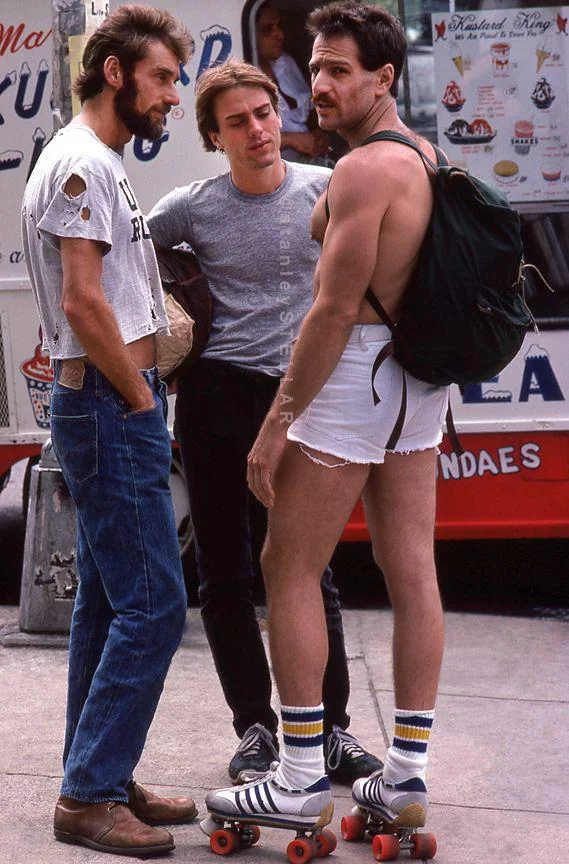
As the decade progressed, another cultural current emerged — one that was louder, sharper, and full of attitude. The punk movement exploded in the mid-1970s, first in the streets of London and New York, and with it came an entirely new fashion vocabulary. Spearheaded by bands like
Safety pins replaced jewelry. Jeans were ripped on purpose. Leather jackets were scrawled with slogans, and plaid skirts were paired with fishnet tights and heavy boots. Hair was cut into jagged spikes or dyed in fluorescent colors. Every choice was meant to provoke, to shock, and to reject the polished conformity of mainstream society. Punk was raw, confrontational, and fiercely independent — and its influence on street style is still visible today.
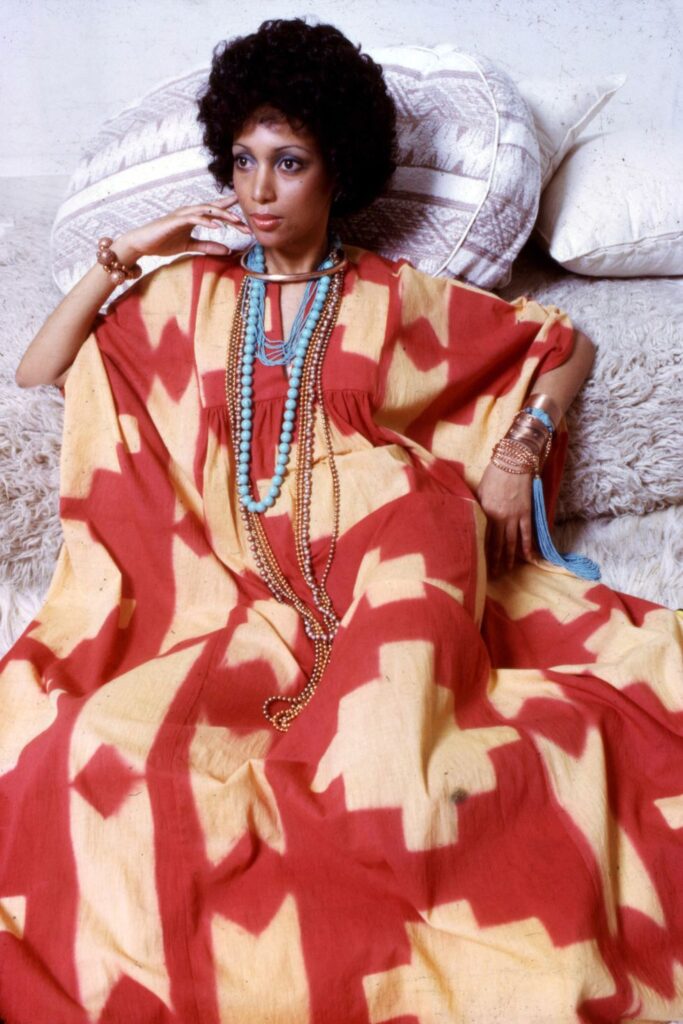
At the same time, another cultural wave was sweeping through the night — the shimmering, glittering world of disco. If punk was rebellion, disco was release. In the wake of economic uncertainty and political disillusionment, people craved joy, glamour, and escape, and disco offered exactly that.
The disco scene was all about freedom of expression, especially for marginalized communities. On the dance floors of places like Studio 54 in New York, social hierarchies melted away, replaced by rhythm, light, and sequins. Fashion mirrored this sense of liberation.
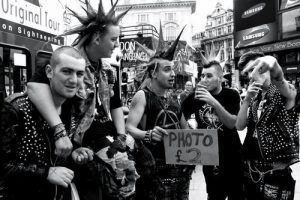
Disco style was opulent, sensual, and dramatic — metallic fabrics, plunging necklines, halter tops, and jumpsuits that hugged the body. Platform shoes reached dazzling new heights, while flared trousers and
While these subcultures defined much of the decade, the mainstream fashion industry also evolved, absorbing influences from all sides. Designers like Yves Saint Laurent, Halston, and Diane von Fürstenberg
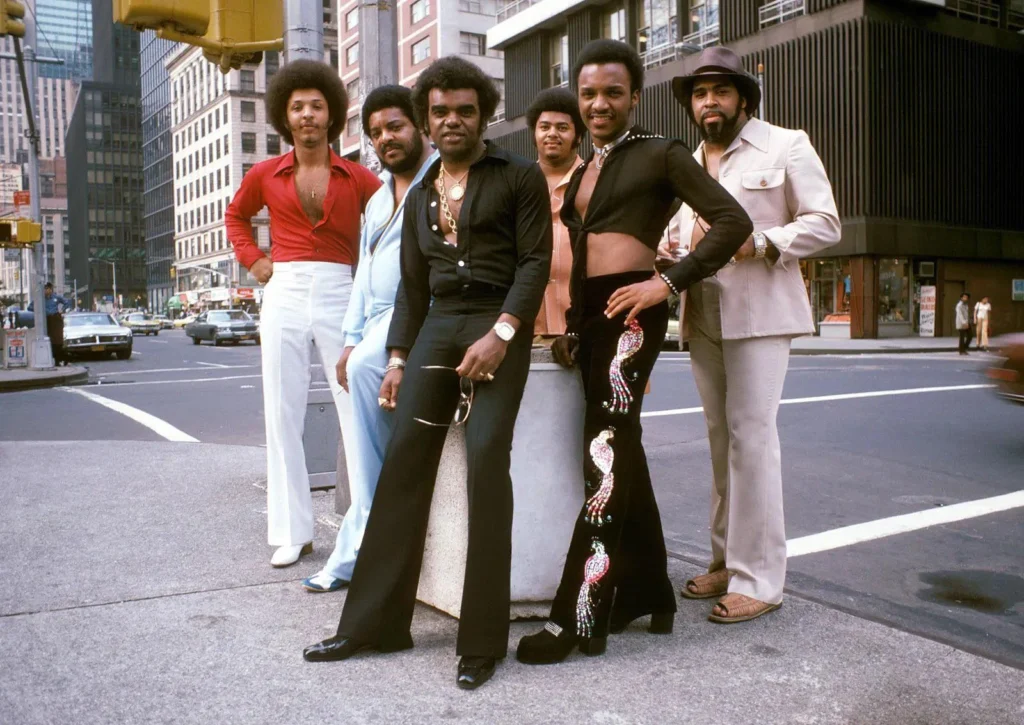
For the first time, women’s fashion wasn’t just about beauty; it was about power and possibility. The 1970s saw the rise of bohemian chic and mod-inspired minimalism, styles that combined ease with elegance. Earth tones, paisley prints, and crochet details became symbols of casual refinement.
Men’s fashion, too, underwent a radical transformation. Gone were the strict suits and ties of earlier decades. Instead, men embraced
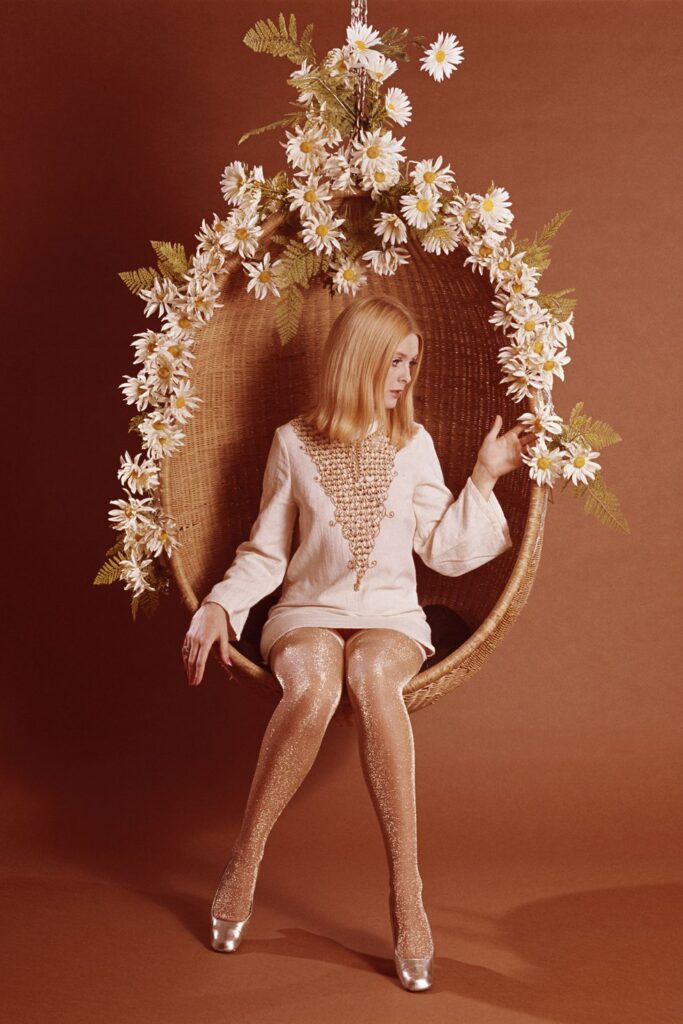
The 1970s were also the decade of individuality. Whether someone identified as a hippy, a punk, a disco dancer, or simply a dreamer, the decade allowed for infinite reinvention. Personal style became a reflection of one’s worldview, and fashion was democratized in a way it never had been before. Street style began influencing high fashion, rather than the other way around, and designers started to look to youth culture for inspiration.
Even today, the impact of 1970s fashion can be seen everywhere. The boho chic movement of the early 2000s borrowed heavily from 1970s hippy aesthetics, while the revival of flared jeans

But perhaps what makes 1970s fashion truly timeless is its spirit. It wasn’t just about what people wore — it was about why they wore it. The clothes were symbols of change, freedom, and defiance. They told the world that the younger generation was no longer content to blend in or follow rules.
The 1970s taught us that fashion could be political, emotional, and deeply personal — a form of art that spoke for an entire generation.
From paisley prints to leather jackets, from platform shoes to punk spikes, every thread of the 1970s carried the same message: be bold, be yourself, and never apologize for standing out.
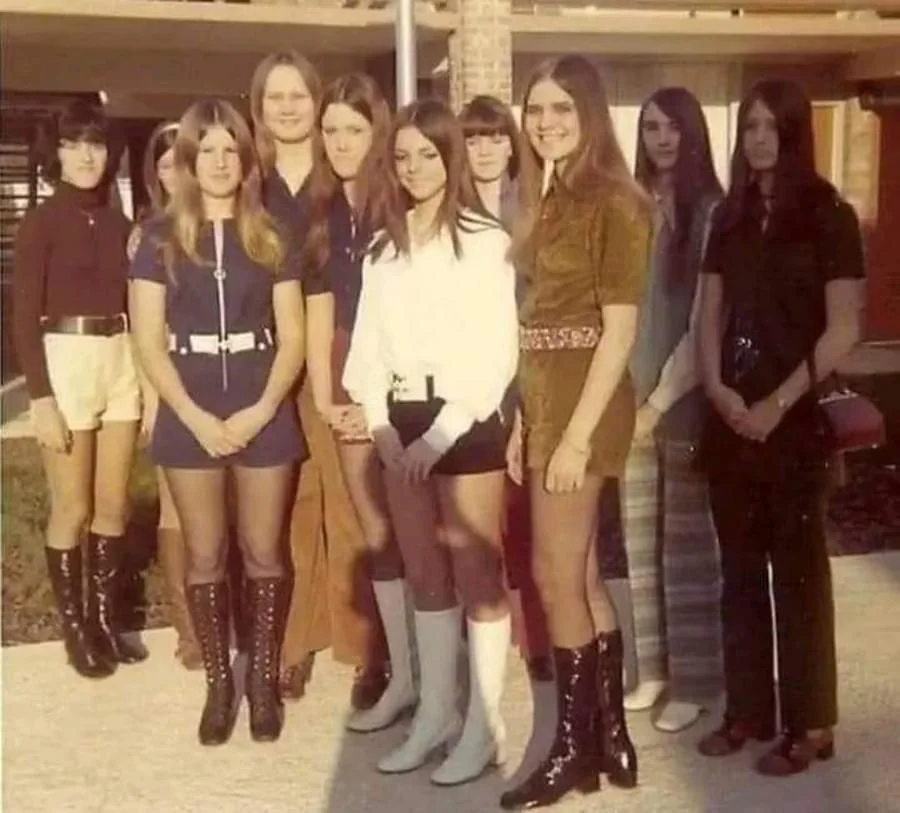
Half a century later, that message still resonates — every time a pair of flared jeans or a shimmering jumpsuit walks back into style, the world remembers the decade that dared to dance to its own rhythm.
“Gave Up Old Lady”: Fans Went Over Pfeiffer’s Makeup-Free Photo From Vacation

Incredibly, Michelle Pfeiffer — the Hollywood legend who brought to life the unforgettable Catwoman in Tim Burton’s Batman Returns — has now reached the age of 66. For an actress whose career once burned so brightly across the silver screen, she has recently chosen a quieter existence, stepping away from the relentless pace of Hollywood. Yet, despite her retreat from the spotlight, Pfeiffer continues to connect with her fans in a very personal way, offering glimpses into her daily life through social media.

Not long ago, Pfeiffer shared a small but intimate moment from her home. Posting several candid photos taken on her property, the actress appeared lounging casually by her pool, relaxed and at ease. The images were striking not because of any Hollywood glamour, but because of their simplicity. Michelle wore comfortable home attire and, notably, appeared without a trace of makeup. In an industry that has long been defined by polish, artifice, and impossible beauty standards, Pfeiffer’s decision to present herself in such a raw and natural light resonated deeply with fans.
The reaction online was immediate. Thousands of comments poured in, with many admirers expressing awe at how radiant and graceful she looked. Words like “timeless” and “stunning” were repeated over and over again. Others chose to make a playful connection to her most iconic role, dubbing her a “purebred” — a subtle nod to the feline elegance she embodied decades earlier as Gotham’s sleek and mischievous Catwoman.

Still, as is often the case in the age of social media, not all responses were kind. A handful of detractors criticized her appearance, suggesting that the aging star had “let herself go” and would look more appealing if she embraced the makeup chair once more. Yet, for many of her fans, these remarks only highlighted a sad truth about the pressures women in Hollywood continue to face, even after decades of groundbreaking success.
Michelle Pfeiffer’s career has always been marked by her ability to blend strength with vulnerability. From her breakthrough performance in Scarface to her soulful turn in The Fabulous Baker Boys — a role that earned her an Academy Award nomination — Pfeiffer has proven herself time and again to be one of the most versatile actresses of her generation. For many, her Catwoman remains the definitive version, a perfect combination of danger, allure, and tragic humanity. That performance didn’t just redefine a comic book character; it cemented Pfeiffer as a cultural icon.

But unlike many of her peers, Pfeiffer never seemed particularly hungry for the trappings of celebrity. She has spoken openly in the past about her discomfort with fame and her desire for a more grounded life. In the 2000s, she chose to step away from the film industry altogether to raise her family, returning only occasionally for carefully selected projects. Her more recent roles — such as in Mother!, Murder on the Orient Express, and Marvel’s Ant-Man franchise — remind audiences of her magnetic screen presence, even if she no longer pursues roles with the same intensity as in her younger years.
That is perhaps what makes her casual poolside photos so powerful. In them, fans do not see a Hollywood goddess cloaked in makeup and designer gowns. Instead, they see a woman at ease with herself, enjoying her private world away from the cameras. For many admirers, this version of Pfeiffer is just as inspiring as the one they once saw lighting up red carpets and magazine covers.

Her willingness to appear natural, unpolished, and fully herself reflects a broader shift happening in Hollywood and beyond — a conversation about aging, authenticity, and the unrealistic standards women face in the public eye. Pfeiffer, without saying a word, has entered that conversation simply by choosing to share unfiltered moments of her life.

At 66, Michelle Pfeiffer remains not just an actress, but a symbol of resilience, authenticity, and enduring beauty. Her fans continue to celebrate her not only for the roles she has played, but for the courage she shows in embracing each stage of her life. Whether in a catsuit on screen or poolside in casual clothes, Pfeiffer has proven time and again that true beauty and strength are not defined by age or artifice — but by the grace of living honestly, on one’s own terms.




